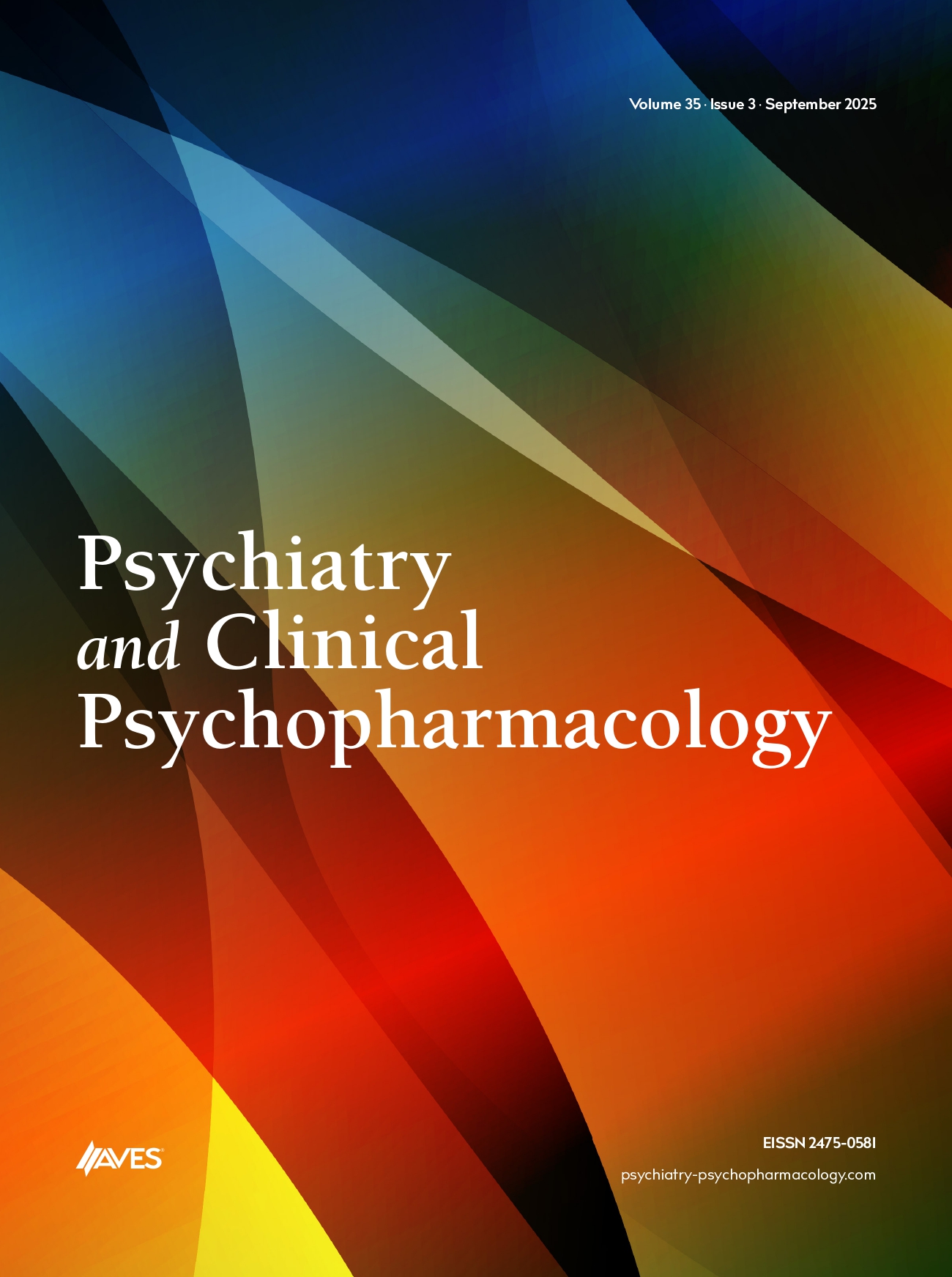Objective: The purpose of the research was to study the efficacy of Fluanxol in the treatment of schizophrenic patients compared with haloperidol.
Method: Research subjects were 23 paroxysmal progredient schizophrenia patients, who were stationary examined. There were 18 men and 5 women among them, 6 patients of 16 to 20 years of age and 17 patients aged between 20 to 40 years. A clinical-psychopathological research method with a psychopharmacological approach was used.
Results: Three groups of patients were picked out. The first group of 9 patients included patients with an acute and subacute exacerbation, Kandinski-Klerambo syndrome, acute sensitive delusions of grandeur, of inşuence, of persecution with imperative pseudo hallucinations, and open thought symptoms. The second group of 4 cases included patients with paraphrenia acute exacerbations, expansive delusions, and auditory pseudo hallucinations with oneric inclusions. In both groups the therapy began with traditional neuroleptics. Haloperidol depot 5 mg was prescribed intramuscularly once every 2 weeks, but haloperidol intravenously from 5 to 10 mg a day. During 7-10 days of treatment, productive psychotic symptoms were reduced only through intensity in order to change preparation closed to atypical antipsychotic drug. So Fluanxol depot from 10-20 mg was prescribed intramuscularly once every 2 weeks and at the same time patients took it from 3 to 10 mg twice a day inside. During Fluanxol therapy, psychotic symptoms were reduced after 5-7 days of treatment. The third group of 10 people included less progredient schizophrenia patients with neurosis-like negative symptomatology. Haloperidol from, 1.5 to 5 mg a day inside for 3-4 weeks of treatment, didn't have a positive effect on the negative symptoms. Fluanxol, from 1 to 3 mg twice a day inside for 7-12 days of treatment, caused a decrease in intensity or a complete reduction in negative symptomatology, so as mimics, mood, emotions were improved. This Fluanxol effect was shown by the two first groups having negative symptoms. Most patients took it without any corrector-preparation.
Conclusion: Fluanxol is more effective in the treatment of schizophrenic patients. In comparison with haloperidol it decreased positive symptomatology more quickly, decreased or completely reduced negative symptoms and only in some cases caused drug side effects.


.png)
.png)